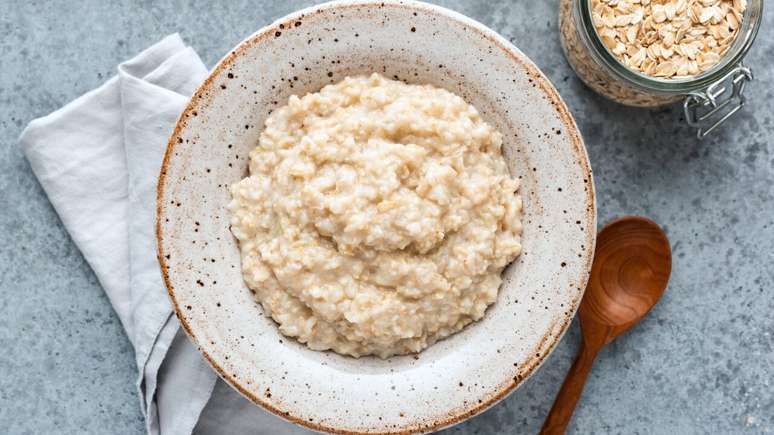We all know that thawing and refreezing food is the easiest way to spoil it. But this is far from the only mistake that can lead to food ending up in the trash.
The freezer is the best friend of the ordinary housewife and the chef. This gives us many opportunities: eat berries in winter without spending a fortune and prepare dinner in 10 minutes. However, the effectiveness of subzero temperatures can become much lower if you make any of these mistakes.
Freezing hot foods
Freezing hot foods sometimes seems like a good idea, especially when you have to go to bed and the meatballs you cooked ahead of time are still warm. However, says Mitzi Baum, a food safety specialist at Michigan State University, it’s best not to do this: It would increase the temperature in the freezer, which could lead to the growth of bacteria in other areas. food.
How correctly: put foods at room temperature in the freezer, or better yet, those that have been on the refrigerator rack for several hours.
Freezing vegetables with high water content
Freezing foods with a high water content will only cause them to spoil. As scientist and nutritionist Brian Quoc Le explains, ice crystals that form in cucumbers, tomatoes or zucchini will damage the structure of the vegetables, and when the ice melts, water will seep through the cells , taking away all the flavors and crunch.
ADVERTISING – CONTINUED BELOW
How correctly: Don’t freeze watery vegetables (unless you plan to use them to make purees or stews).


-1ibeskywkh3z8.png)






